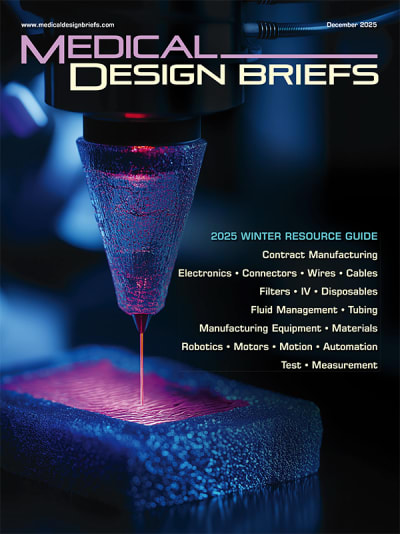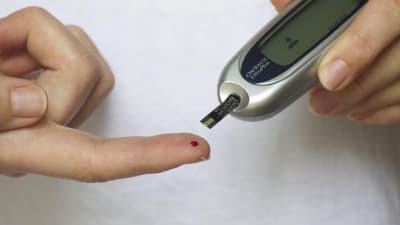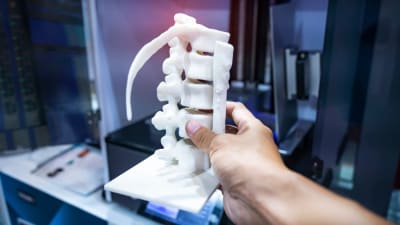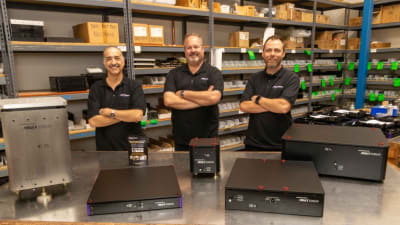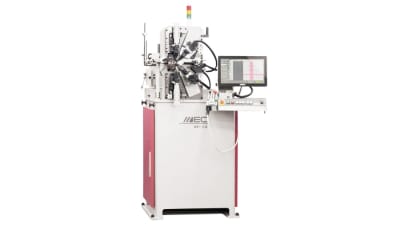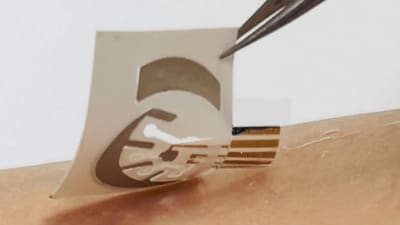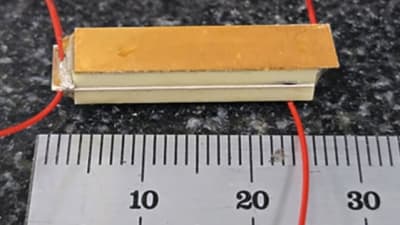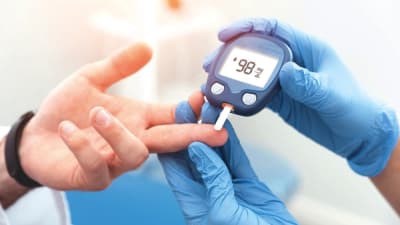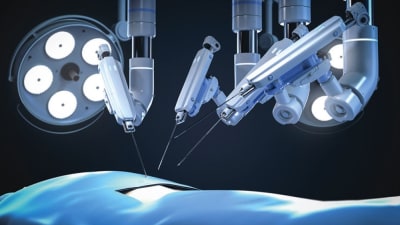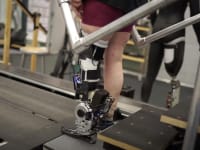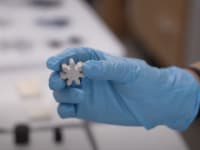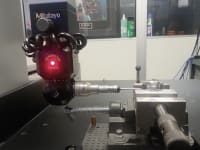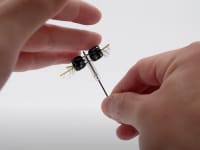Stories
INSIDER: Medical
INSIDER: Manufacturing & Prototyping
INSIDER: Tubing & Extrusion
INSIDER: Medical
INSIDER: Medical
INSIDER: Materials
INSIDER: Software
Quiz: Medical
White Papers: Robotics, Automation & Control
Advanced Polymer Gears Provide Backlash-free, Quiet Performance in Surgical Robot
A surgical robot’s precision of movement depends primarily on the precision delivered by the gear drive of the robotic arm. Traditionally used metal gears...News: Medical
White Papers: Medical
Designing Battery Packs for Surgical Power Tools that Withstand Autoclaving Sterilization
Battery-powered surgical tools are increasingly sought after for orthopedic and other medical procedures, offering advantages such as portability,...Podcasts: Materials
White Papers: Design
Why Integrated Product Development is the Future of Medtech
We’re excited to share that Sunrise Labs is now Suntra MedTech Solutions. This change reflects our expanded services in consulting, engineering, and innovation—and our commitment...White Papers: Aerospace
Passivation, Pickling or Electropolishing: Which Metal Finishing Process Is Right for Your Parts?
Not all metal finishing processes are created equal. In this free guide, we break down the key differences between passivation, pickling, and...News: Test & Measurement
News: Defense
Podcasts: Materials
Products: Manufacturing & Prototyping
Features: AR/AI
Global Innovations: Manufacturing & Prototyping
Products: Medical
Products: Sensors/Data Acquisition
Briefs: Medical
Briefs: Imaging
Briefs: Medical
Briefs: Medical
Briefs: Medical
From the Editor: Medical
Briefs: Medical
Top Stories
INSIDER: Medical
Brain Implant Enables Safer Drug Delivery
INSIDER: Sensors/Data Acquisition
Pill-Sized Bioprinter Can Be Guided to Disease Site
Products: Wearables
INSIDER: Medical
Wireless Patch Enables Early Cancer Detection
INSIDER: Medical
Boston Scientific to Acquire Nalu Medical, Inc.
Features: Wearables
The Promise and Challenge of On-Body Biosensors: A Perspective on Clinical...
Ask the Expert
John Chandler on Achieving Quality Motion Control

FAULHABER MICROMO brings together the highest quality motion technologies and value-added services, together with global engineering, sourcing, and manufacturing, to deliver top quality micro motion solutions. With 34 years’ experience, John Chandler injects a key engineering perspective into all new projects and enjoys working closely with OEM customers to bring exciting new technologies to market.
Webcasts
 Podcasts: Design
Podcasts: Design
Developing Sustainable Drug-Delivery Devices
 Podcasts: Medical
Podcasts: Medical
Smarter Pathways for Precision Drug Delivery in Cancer Care
 On-Demand Webinars: Connectivity
On-Demand Webinars: Connectivity
Understanding Testing and Compliance Requirements for Wireless Medical Devices
 Podcasts: Medical
Podcasts: Medical
Personalized Medicine and Drug Delivery
 Podcasts: Manufacturing & Prototyping
Podcasts: Manufacturing & Prototyping
Material Science Innovations for Medical Devices
 Podcasts: AR/AI
Podcasts: AR/AI
Automation, Robotics, and AI Integration in Medical Manufacturing
Inside Story
Inside Story: Trends in Packaging and Sterilization

Eurofins Medical Device Testing (MDT) provides a full scope of testing services. In this interview, Eurofins’ experts, Sunny Modi, PhD, Director of Package Testing; and Elizabeth Sydnor, Director of Microbiology; answer common questions on medical device packaging and sterilization.
